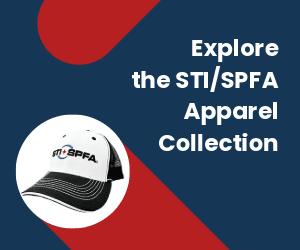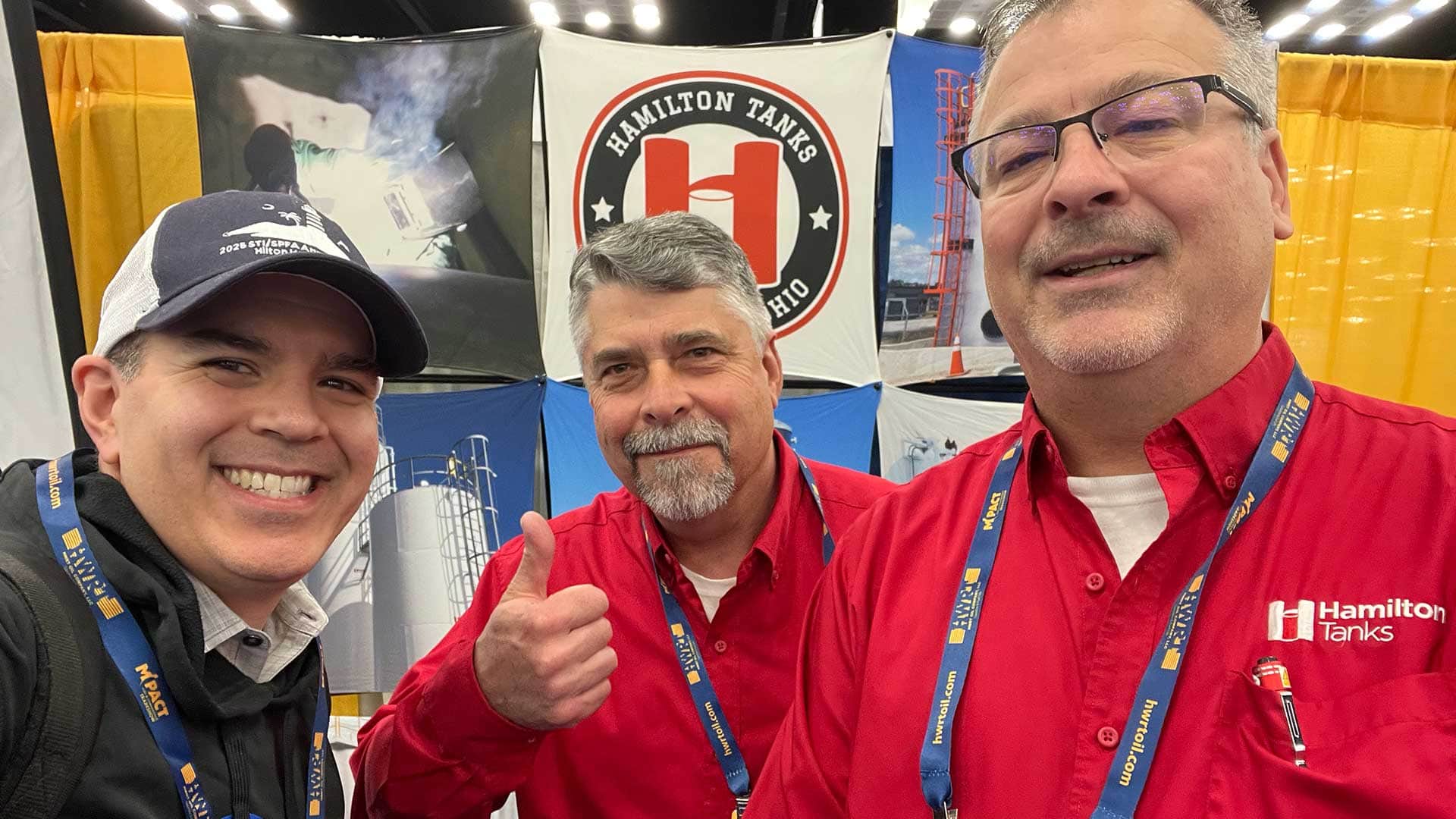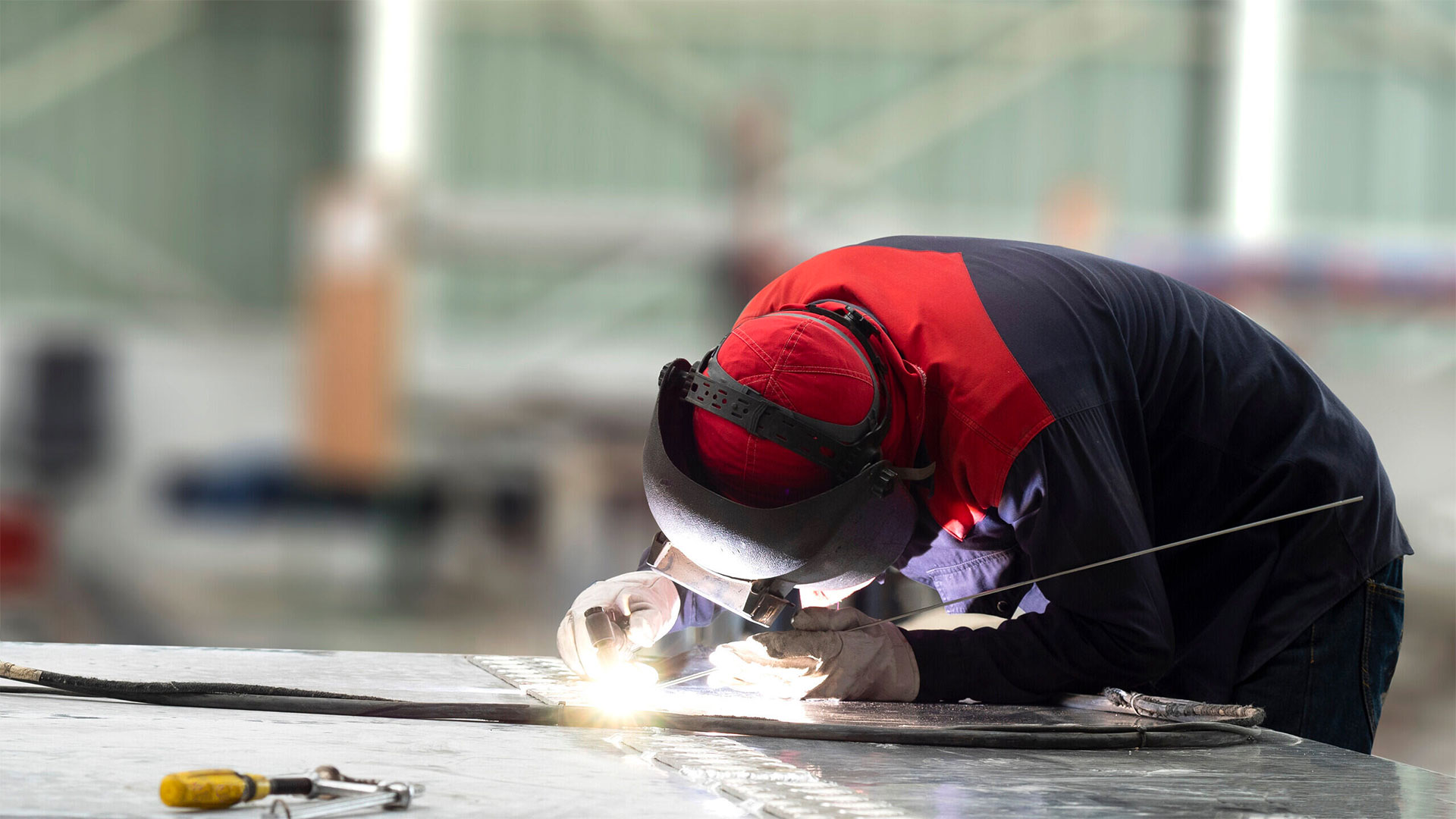There is a lot of concern in the industry related to the Master Painters Institute’s (MPI) new MPI 500 Series standards. One big issue is that the certifications are written around a specific technology that is limited to two manufacturers. Some experts feel that the technology is not deserving of its own MPI program. The coatings industry already has many tank lining products that are approved for use with the U.S. Navy, and these existing coating and linings seem to me to be far superior, more cost effective, and have a tremendous case history of proven performance.
The following information came about via discussions with people in the industry. Take it at face value as information received by a third party without the resources to perform a complete investigation, as people like me rely on collaboration of industry people who work in the trenches.
What is the Master Painters Institute?
MPI is an organization dedicated to the establishment of quality and performance coatings standards. Their aim is to elevate the industry through standards, guidelines, and training. MPI has been architectural centric for the most part, but with their acquisition by NACE in 2017, they are looking to broaden their influence. My first reaction to incorporating an MPI Tank Lining as a requirement with a NAVY specification is a bit critical, as it seems like these organizations are continuously looking to develop revenue streams and as a result, they “fix” things that aren’t broken.
What is the 500 Series?
MPI has paint standards that cover everything from alkyd primers to floor coatings to polyurethane – 245 to be exact. The 500 series is the designation for the interior and exterior coatings for fuel storage tanks. There are 6 total 500‐series product classifications: 500‐Epoxy Interior Primer, 501‐Epoxy Interior Topcoat, 505‐Polysulfide Epoxy Novolac, 510‐Splash Zone Coating, 515‐Flexible Epoxy Barrier, and 516‐Fluoropolyurethane Exterior Topcoat.
Is this a brand‐new program?
The 500 Series is about 12‐18 months old, but my preliminary investigation of tank fabricators suggests that that specifications with MPI referenced have not yet readily been incorporated.
Why does the Navy have its own fuel tank lining program?
Good question. In the past, the DOD utilized the UFGS (Unified Facilities Guide Specification) which were developed by Naval Facilities (NAVFAC). The NAVFAC specifications traditionally used MIL‐Spec qualified products. These specifications, such as MIL‐DTL‐24441, are stewarded by the U.S. Navy, actively maintained, and have a wide range of approved manufacturers. The new MPI listings are a combination of detailed and performance specs, not actively stewarded by the U.S. Navy (or DOD) with a very limited number of approved products and small regional suppliers not easily capable of supporting global projects. The MPI technologies specified are atypical and not used by any of the major petroleum suppliers for the equivalent commercial fuel storage tank services.
Are coating manufacturers already approved?
Yes, Premier Coatings and Polyspec are approved tank linings.
How and why is NACE involved?
NACE owns MPI. The more standards MPI oversees, the more product qualification testing they perform, which generates an evergreen revenue stream. MPI requires that they perform the application and testing for their standards and they also require yearly fees to maintain those listings. The use of already established MIL‐Specs seems a pertinent choice. For example, MIL‐PRF‐23236, Class 5 are qualified fuel tank coatings by the U.S. Navy. This specification, qualified products, and approved supplier list is actively managed by the U.S. Navy. There are a wide range of global coatings suppliers currently qualified. The types of products qualified under MIL‐PRF‐23236 for fuel tank services are the same coating types used by the major petroleum companies.
Why place an unnecessary burden of qualifying to MPI standards, when the U.S. Government, via the DOD, and the U.S. Navy, has already provided a superior option?
Will the fabricator have to get approvals to apply Navy MPI linings to new fuel tanks? Or does the fabricator only need to use the approved MPI fuel tank lining requirement as given in the Navy specification?
I haven’t seen any specifications with MPI 500 Series listed, so it would be speculation. I would assume that the requirements would be similar to what is currently required to perform NAVFAC/UFGS applications which is some type of QP contractor certifications (QP‐1/QP‐2/QP‐3…) and with some type of competent personnel training requirements.
What can the tank contractor/fabricator do when he sees a specification like this and is awarded a purchase order?
First, I suggest contacting STI/SPFA staff and your favorite suppliers of UHS linings, and brainstorm. There might be a huge savings involved if the contractor/fabricator can get one of the U.S. Navy MIL‐PRF‐23236 performance tested linings approved as an alternative to the MPI tank lining. It may require an on‐site cost comparison of the UHS lining versus the MPI approved lining. I would be happy to share, via a table, a comparison of a typical UHS tank lining vs. the MPI approved lining. This comparison would include cure times, shelf life, temperature limitations, VOC’s, volume solids, and minimum film thicknesses. The goal is to show that the NACE MPI program is not required and is not specifying the optimal fuel tank lining technology.
The good news is that any final approval must be blessed by NAVFAC, NASA, the USAF and the Army Corps of Engineers in order to be fully adopted. To my knowledge the only entity that has initiated the MPI approval process has been NAVFAC (albeit they are influential in the DOD fuel tank space). NAVFAC has touted the flexibility of the MPI coatings as an important requirement. The MIL‐PRF‐23236 coating technologies are used the world over with excellent service performance. The MIL‐PRF‐23236 are more than sufficiently flexible to provide 20+ years of service to date, without cracking, and per the U.S. Navy’s own calculations, saved $2.19 billion dollars due to superior performance.





